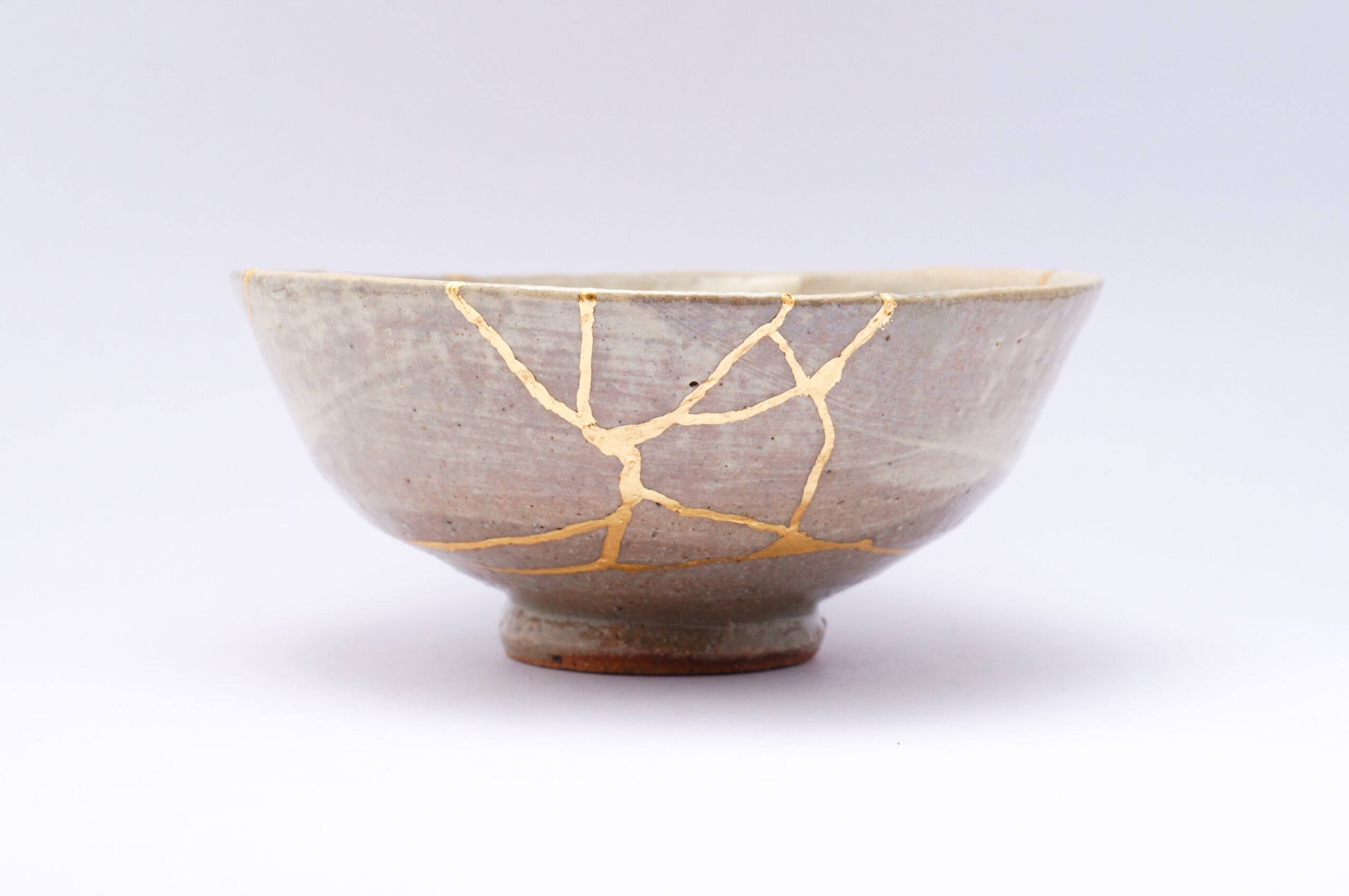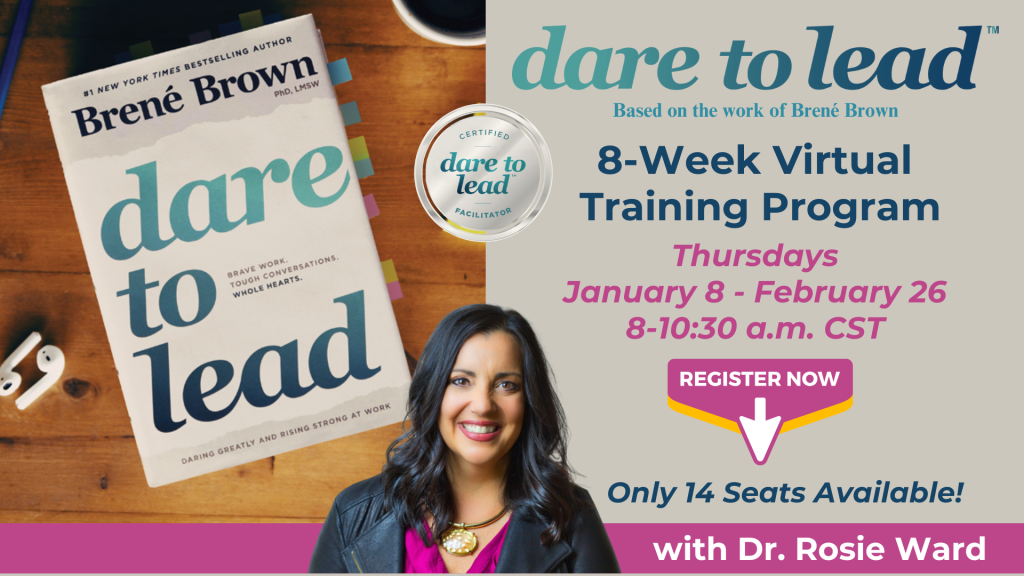Are you showing up as your fully authentic self in ALL areas of your life?
If you’re like most human beings, my guess is probably not. You see, in the first 10 or so years of our life, our brains are downloading programming from our lived experiences and observing our surroundings; this programming tells us when to speak up and when to be quiet, what is right and wrong, when we’ll be accepted or rejected, and more.
This programming leads to us creating stories to help us make sense of our experiences and how the world works. And we figure out how to look good and to avoid looking bad. But here is the problem…
Most of the programming we downloaded is fundamentally flawed, negative, and self-sabotaging. In fact, it leads to the creation of our psychological immune system. Just like our physical immune system is working behind the scenes to protect us from threats like diseases and infection, our psychological immune system is also working hard to protect us from threats. Only, in this case, it’s the threat of social pain and rejection.
So we tell ourselves stories that are designed to protect us and keep us safe, but they also keep us from growing and having the impact we desire. And, whether we realize it or not, that insecure, ~10-year-old version of ourselves is in the driver’s seat today way more than we realize. For example, do any of these sound familiar to you?
- What if I’m not in complete control of the situation?
- What if people reject me and don’t like me?
- What if I’m not perfect and let people down?
- What if I fail?
- What if people figure out I’m an imposter and don’t deserve to be here?
These are some of the most common self-limiting beliefs and fears I hear from the thousands of leaders and teams I’ve supported. So if any of these resonate with you, you’re in good company. And when this version of ourselves kicks in, we start putting on masks to try to hide our inadequacies and flaws and overcompensate for fears and feelings of being less than. Consequently, we don’t make progress on goals that are important to us, avoid true connection with others, and get in our own way of having the impact we want in this world.
Welcome to being human!
Now put a bunch of us together in a team, workplace or community, and we have a recipe for defensiveness and disconnection – something we’re seeing more and more of these days. But what if it didn’t have to be that way?
What if instead we could learn to embrace our fears, inadequacies and flaws?
Lessons from Kintsugi to Help Us Embrace Our Flaws
I learned about Kintsugi years ago. Lately, I’ve been seeing it show up more and more.
If you’re not familiar with it, Kintsugi is the art of Japanese pottery and is about finding beauty in imperfections; it’s frequently referred to as the art of precious scars. Instead of trying to hide the flaws, they put broken pieces back together with gold and accentuate the cracks and flaws as a form of beauty.
“I’m broken and it’s beautiful!” ~Kelly Clarkson
If part of the common human experience is to be hijacked by these self-limiting fears and beliefs, and we’re all running around to some extent trying to hide our flaws and inadequacies, then wouldn’t it be easier if we stopped fighting ourselves and did the work to accept ourselves instead?

But it can be easier said than done. I know that I struggle with this myself and find that nasty narrative showing up more often than I’d like it to. And, I’ve gotten much better over time as well. So I’m in no way trying to over-simplify how challenging this can be. But there is tremendous value in building a practice of self-compassion. In fact, thousands of research studies show that our lives radically change for the better when we learn how to practice self-compassion. People who are more self-compassionate tend to be:
- Happier, more hopeful and optimistic
- More satisfied with their lives and grateful for what they have
- Less anxious, depressed, stressed and fearful
- Less likely to contemplate suicide or abuse drugs and alcohol
- Wiser and more emotionally intelligent and can regulate their negative emotions more effectively
- Have a more positive body image and are less likely to develop eating disorders
- More likely to engage in helpful behaviors like exercise, eating well, and seeing a doctor regularly
- Physically healthier – they sleep better, get fewer colds, and have stronger immune systems
- More motivated, conscientious, and take more responsibility for themselves
- More resilient when faced with life challenges
- Have more grit and determination to reach their goals
- Have closer and more functional relationships
- More forgiving, empathetic, and able to take others’ perspectives
Self-Compassion as a Key Leadership Practice
Who wouldn’t want to experience all of these benefits? And if a key part of leadership is maximizing our positive impact on others, it’s evident that self-compassion is a critical part of that equation. So let’s look at it a little more closely…
When a friend or colleague is struggling, think about how you typically respond. My guess is it’s usually with some sort of empathy or compassion and asking them what they need. But what happens when you struggle? We don’t typically treat ourselves with the same degree of compassion. Instead, we are more likely to judge ourselves, jump to problem-solving, or simply freak out. Look at how you treat your closest friends in times of struggle – your tone of voice, the words you use, your nonverbal gestures, and your posture. Then look at the difference with how you treat yourself.
Kristen Neff’s research in this space has been groundbreaking. It’s not just about being kinder to ourselves; kindness is not enough. She describes three aspects of self-compassion:
-
- Mindfulness. This is the foundation of self-compassion and is our ability to turn towards discomfort and acknowledge it. This is important because the default mode of our brain creates our sense of self, projects that self into the past or future, and scans for problems. So rather than being present with what is, we get lost in worry and regret. We have to be present to know that we’re struggling; the intentional focus of mindfulness deactivates the default mode so we can be present with our pain as we’re feeling it instead of getting caught up in stories.
- Common Humanity. This is what differentiates self-compassion from self-pity. The word compassion means to suffer with. So connectedness is inherent to compassion. When we turn compassion inward, we acknowledge that all humans are imperfect. Unfortunately, more often than not we fall into a trap of thinking and assuming things should always go well and that there is something wrong when they don’t. Then we end up beating ourselves up and feeling alone and isolated. But when we remember that pain is part of a shared human experience, we can escape the hole of self-pity. How we treat ourselves affects our interactions with others.
- Kindness. This is the motivational core of self-compassion and is the desire to alleviate suffering. We experience it with our impulse to help. Turned inward, it’s having a warm, friendly and supportive attitude towards ourselves as we wade in the messy middle of life. Too often we do the opposite; we beat ourselves up when we struggle or realize we’ve made a mistake. But we can’t be perfect, and our lives will inevitably involve struggle. So when we can respond with benevolence and good will to our pain, we can generate feelings of love and care that make a positive difference.
When we are able to practice self-compassion, we have a stable sense of self-worth – which leads to us treating others better as well. And while we’re talking about embracing our precious scars and imperfect selves, one myth that I think is important to squelch here is that self-compassion equates to complacency.
We can accept who we are at this moment and believe we are enough as is AND be working to become a better version of ourselves. Both can be true at the same time. In fact, if we are stuck in a pit of self loathing, any changes we might try to make become more fear-based and aren’t likely to last. In this interview with Tim Ferris, Brené Brown put it well when she said,
“I don’t think you can truly change for the better – in a lasting, meaningful way – unless it is driven by self-acceptance.”
So if we want to become stronger, better versions of ourselves, we need to do it from a place of self-compassion and self-acceptance. I know I have to constantly work on this because I can be pretty ruthless when it comes to beating up on myself; and I know I’m not alone.
Putting These Lessons into Practice
Here are some tangible ways you can get started to better embrace your precious scars and become more compassionate towards yourself (and others):
- Take the free self-compassion assessment and see where you are being compassionate towards yourself and where you could stand to be a little kinder and gentler to yourself.
- Try out some of Kristen Neff’s exercises that can help you build greater self-compassion.
- Pick one or more of your imperfections and practice reframing it to be something you appreciate that makes you uniquely you.
- Consider building a self-gratitude practice; I talk about putting this into practice in this short Rosie-in-my-Pocket video.
Remember, most people want realness and authenticity over polish and perfection any day of the week! So embrace ALL of who you are – scars and flaws included.
Stay brave. Stay human. Stay safe. And never dull your sparkle!
Rosie


